Planning a trip that spans hot deserts and snowy peaks? Packing for both Bali and the Swiss Alps? If so, you’ve just unlocked the ultimate traveler’s puzzle: packing for two climates. It’s one of those challenges that sounds simple until you’re staring at your suitcase wondering how to fit flip-flops and a down jacket side by side. The good news is, you don’t need to pack twice as much. You just need to pack smarter — and that means making every item work harder across multiple conditions.
The first step is understanding the range of environments you’re dealing with. Before you even reach for your packing cubes, check the weather for each destination — not just the average temperature, but humidity levels, wind patterns, and expected rainfall. Use tools like Weather.com or TimeandDate to check climate history for your travel dates. Dry cold feels different than damp cold. Tropical heat paired with monsoon season means you’ll need more than just tank tops.
Master the Art of Layering and Versatility
Start building your wardrobe around layers. This isn’t just about comfort — it’s about space. Packing for two climates doesn’t mean doubling your clothes; it means choosing versatile layers that adapt. A good travel wardrobe includes a breathable base layer, a midweight insulator like a packable down or fleece, and a lightweight waterproof shell. This system covers everything from chilly mornings to sunny afternoons and sudden downpours. Instead of a bulky coat, think in layers that you can wear all at once or individually as needed.
- Base layer: Moisture-wicking long sleeve or merino wool top.
- Mid layer: Lightweight fleece or down jacket that compresses easily.
- Outer layer: A waterproof, windproof shell that blocks rain or snow.
- Extras: Thermal leggings and convertible pants that zip off into shorts.
Shoes, Packing Tools, and Carry-On Hacks
Shoes are tricky when packing for two climates. Stick to two pairs: one for walking or hiking, and one for warm weather like slip-ons or sandals. If cold weather is part of your journey, wear your boots in transit — it saves room and keeps your feet warm on cold flights. Use packing cubes or compression bags to separate warm- and cold-weather gear, and stuff socks or accessories into shoes to maximize space.
- Choose travel shoes that can handle multiple settings (e.g., waterproof hiking shoes).
- Use shoe bags or packing cubes from Eagle Creek or Nomatic.
- Keep a change of essentials in your personal item in case your checked bag is delayed.

Laundry, Apps, and Tech That Make It Easier
Planning for laundry can help reduce how much you pack. Whether you’re traveling for 10 days or an entire month, being able to refresh your wardrobe keeps your suitcase light. Bring a bar of laundry soap or travel-size detergent, a universal sink stopper, and a quick-dry clothesline. Many hotels and vacation rentals offer laundry services, but DIY is a great fallback.
Want to stay ultra-organized? Use travel apps like PackPoint to build a checklist based on your route and weather forecasts. Track climate data and flight changes with TripIt or Google Travel. These tools keep your gear synced with your destinations and help you stay prepared for the switch from sun to snow.
Ultimately, packing for two climates isn’t about bringing more — it’s about bringing better. Every item should serve multiple purposes. Focus on layering, versatility, and staying light. Choose items that adapt, gear that compresses, and tech that helps you keep it all together. Whether you’re sunbathing in the morning or bundling up for a mountain trek by nightfall, you’ll be ready for anything the forecast throws your way.
Have a favorite multi-climate trip or packing tip? Share it in the comments — and don’t forget to follow us for more real-world travel hacks that help you pack smarter, travel lighter, and explore better.
Catch up on the top stories and travel deals by subscribing to our newsletter!

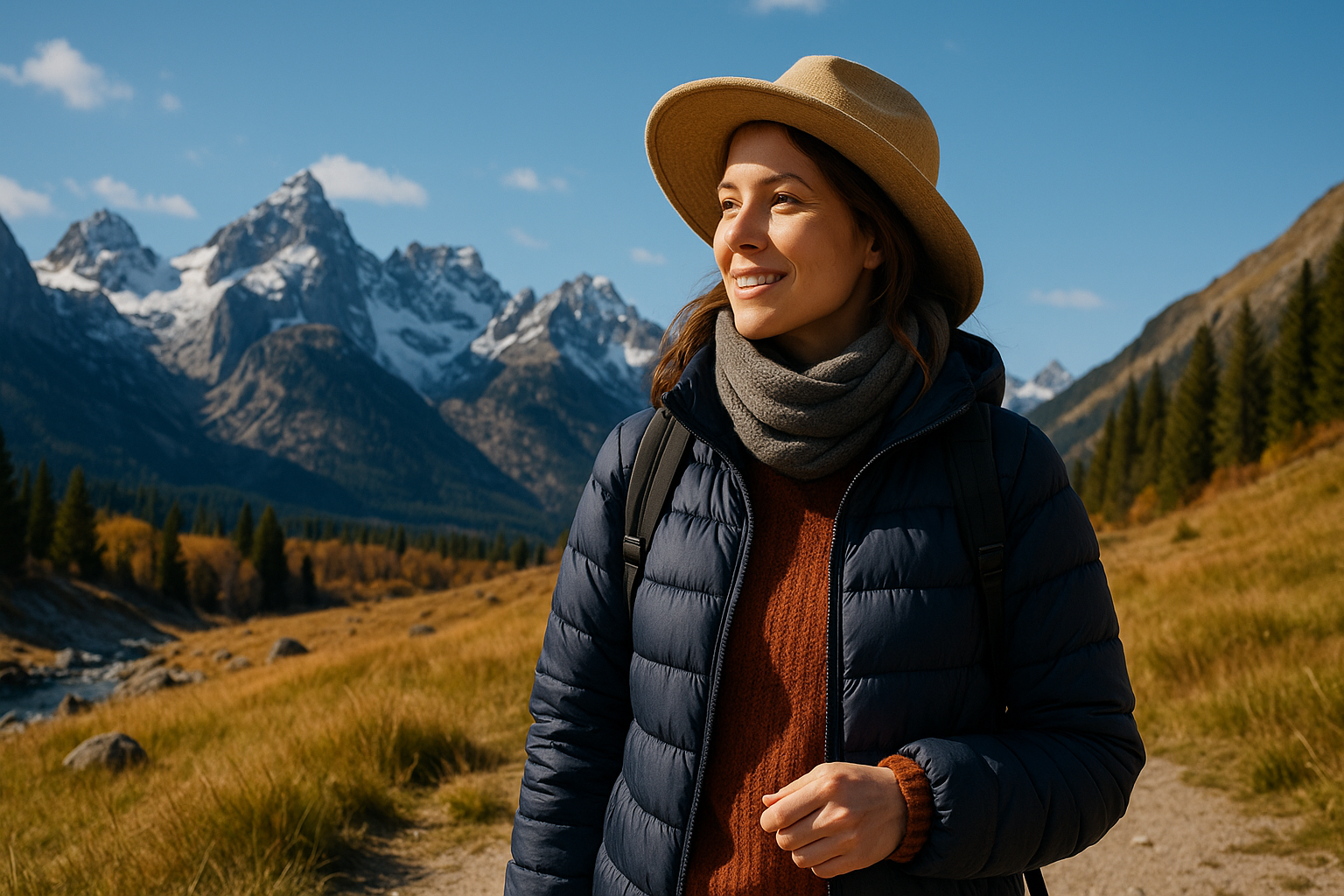


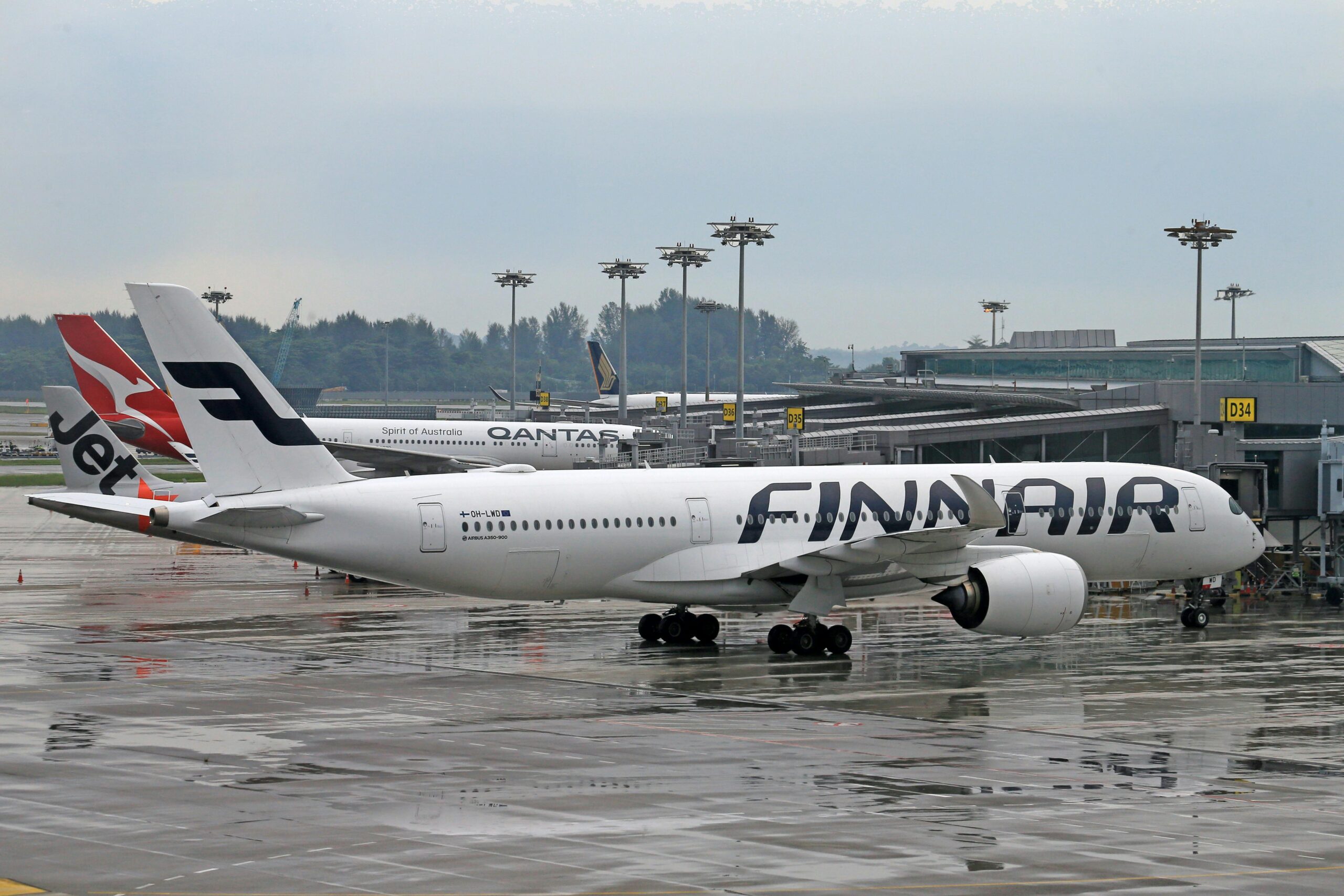
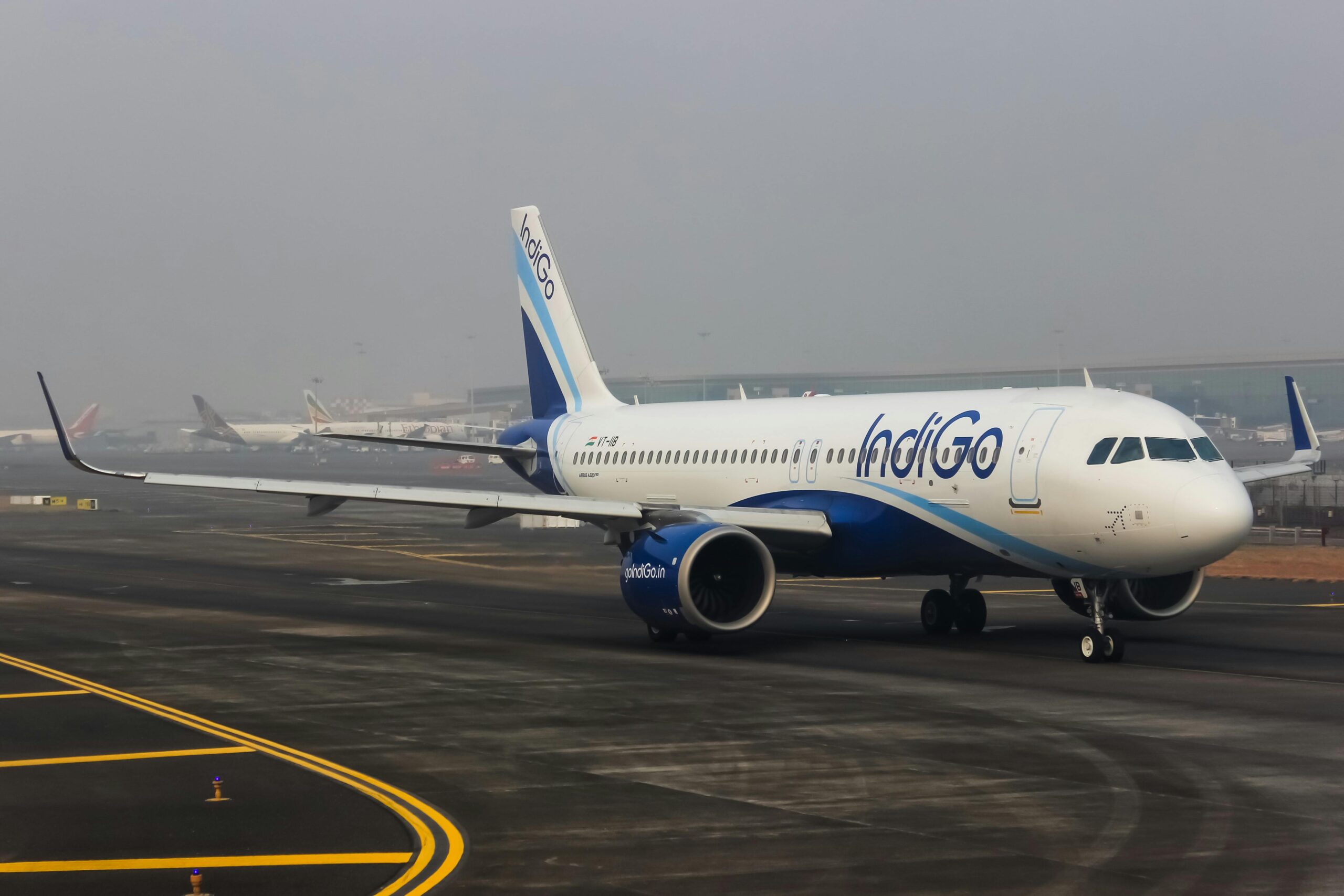
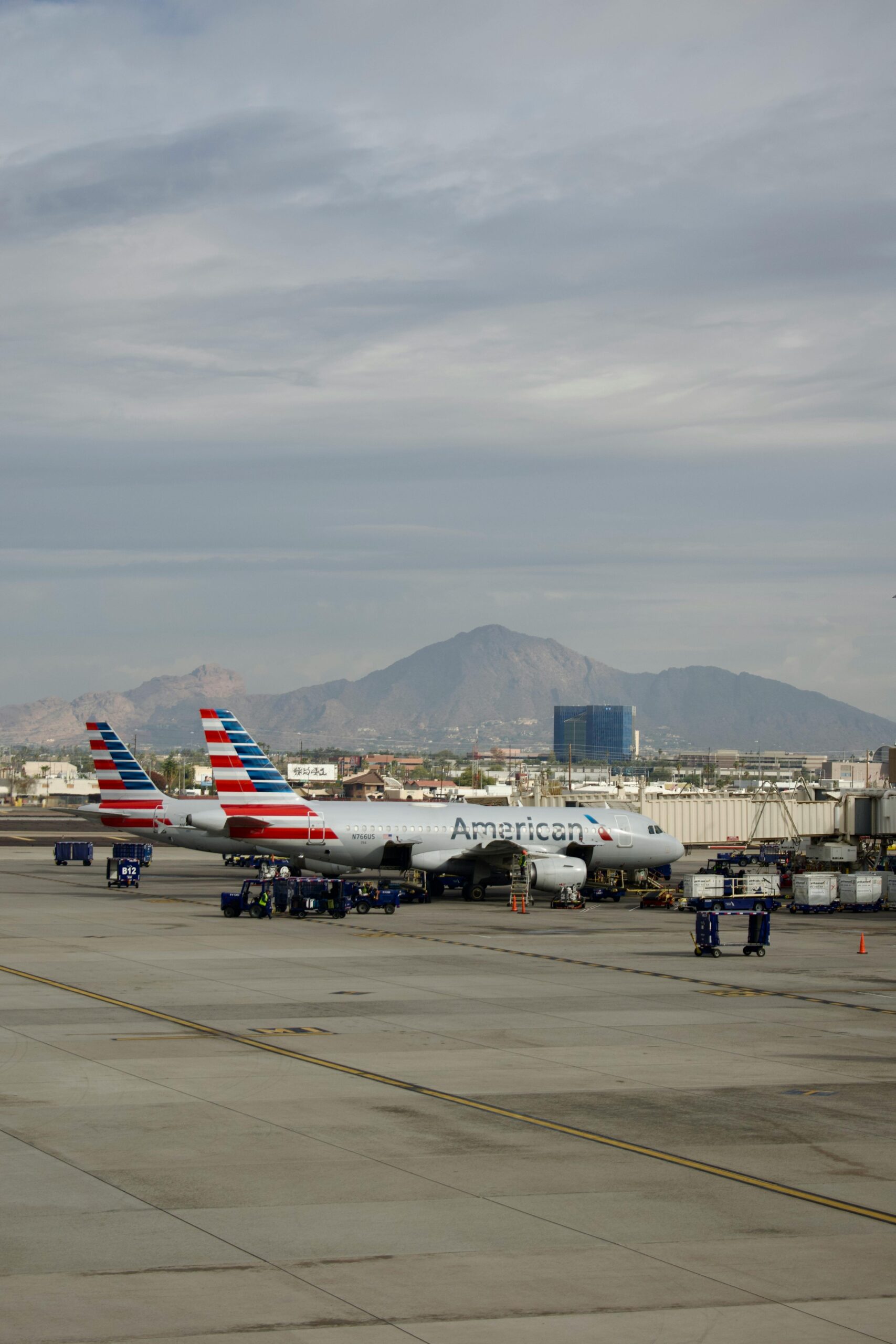
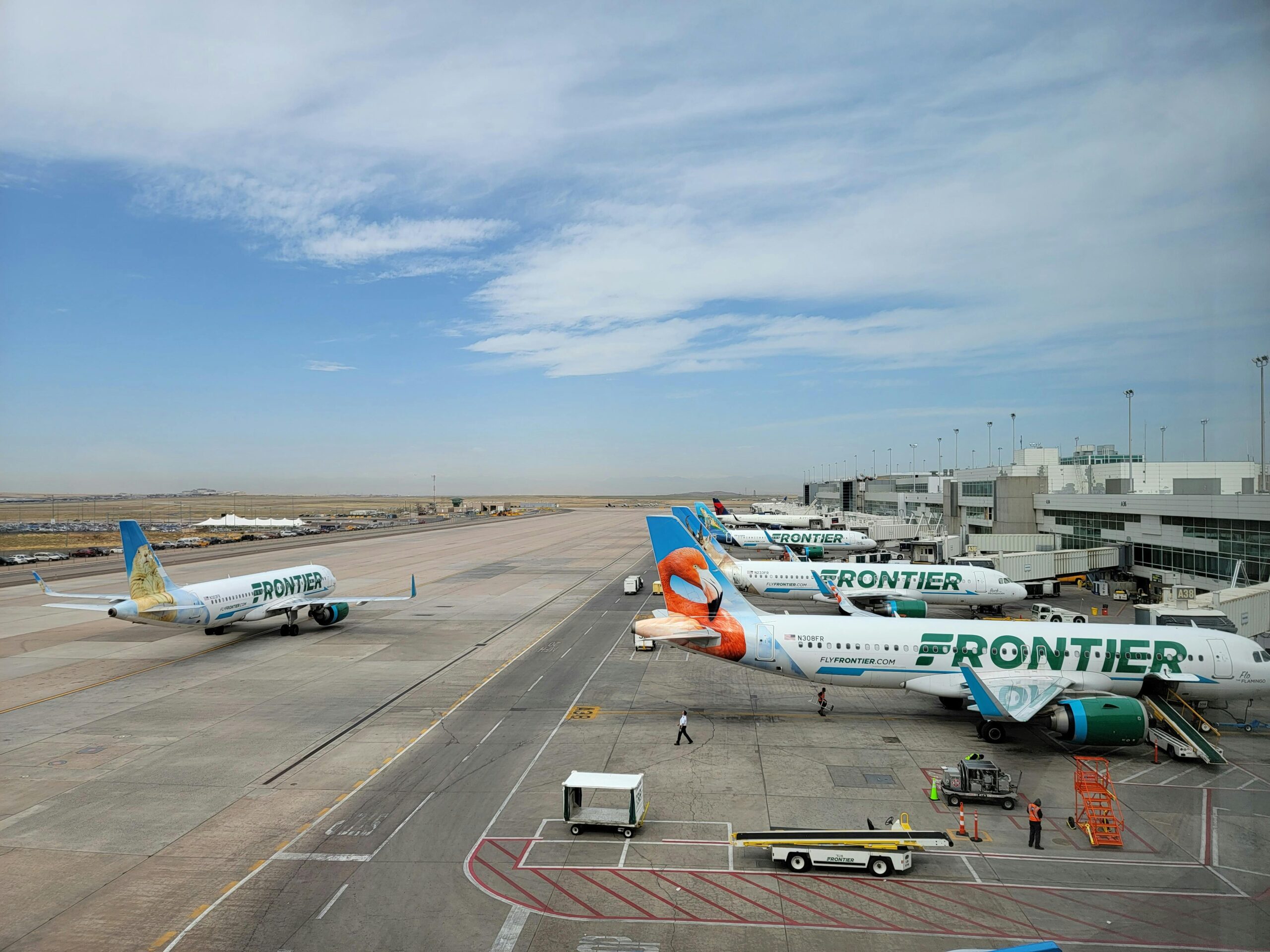




Leave a Reply